15/09/2023
In this article, we’ll share how to identify Japanese Knotweed, including its leaves, stems, flowers and roots, and why it’s important to identify knotweed early.
Japanese Knotweed is an invasive plant species in Britain that has continued to grow since it was introduced in the UK in 1850.
It’s an aggressive and vigorous-growing weed that can spread very quickly and cause damage to homes and properties.
Japanese Knotweed identification isn’t always easy – if you suspect you have knotweed on your property, we recommend speaking to a specialist to ensure that it’s identified and treated as quickly and efficiently as possible.
Japanese Knotweed has multiple identifying characteristics that can help you to identify it.
During summer months, Japanese Knotweed leaves are a green colour and look like a heart/spade shape that grow to a point.
Mature leaves can reach a length of up to 20cm with a flattened base, whilst new leaves can appear to be rolled up with dark red veins around 1-4cm long.

Japanese Knotweed stems are mostly hollow and look similar to bamboo, although are green in appearance with red/purple speckles.
Knotweed’s heart-shaped leaves alternate along the length of the stem in an identifiable zig-zag pattern. Mature stems can grow to heights of 2-3m, and bamboo-like in appearance, they can be easily snapped due to their hollow structure.
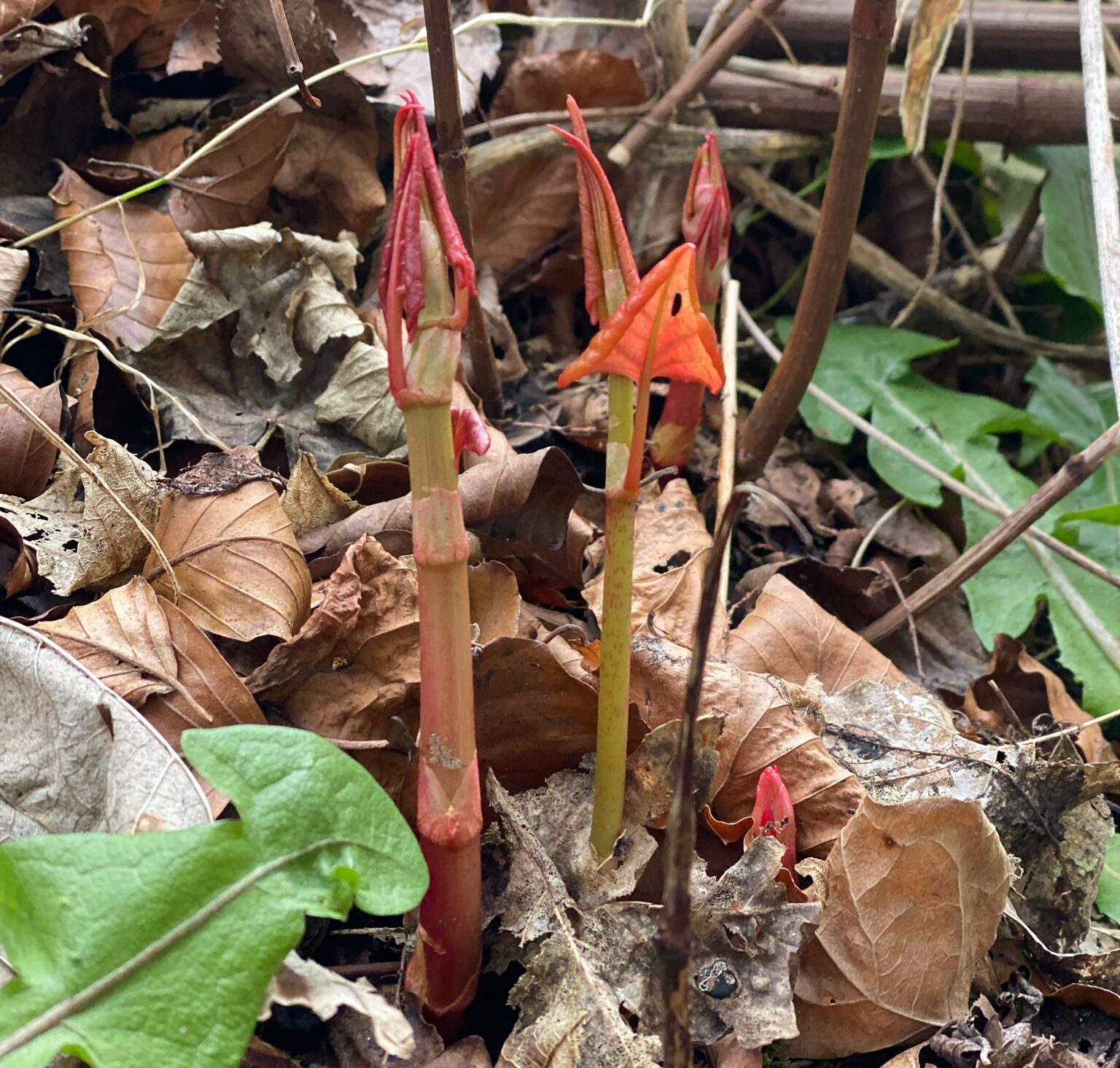
Japanese Knotweed flowers are creamy white in colour, often blooming in late summer/early autumn months around August and September.
These flowers form clusters that can be 10cm long, creating a dense foliage amidst the knotweed’s heart-shaped leaves.
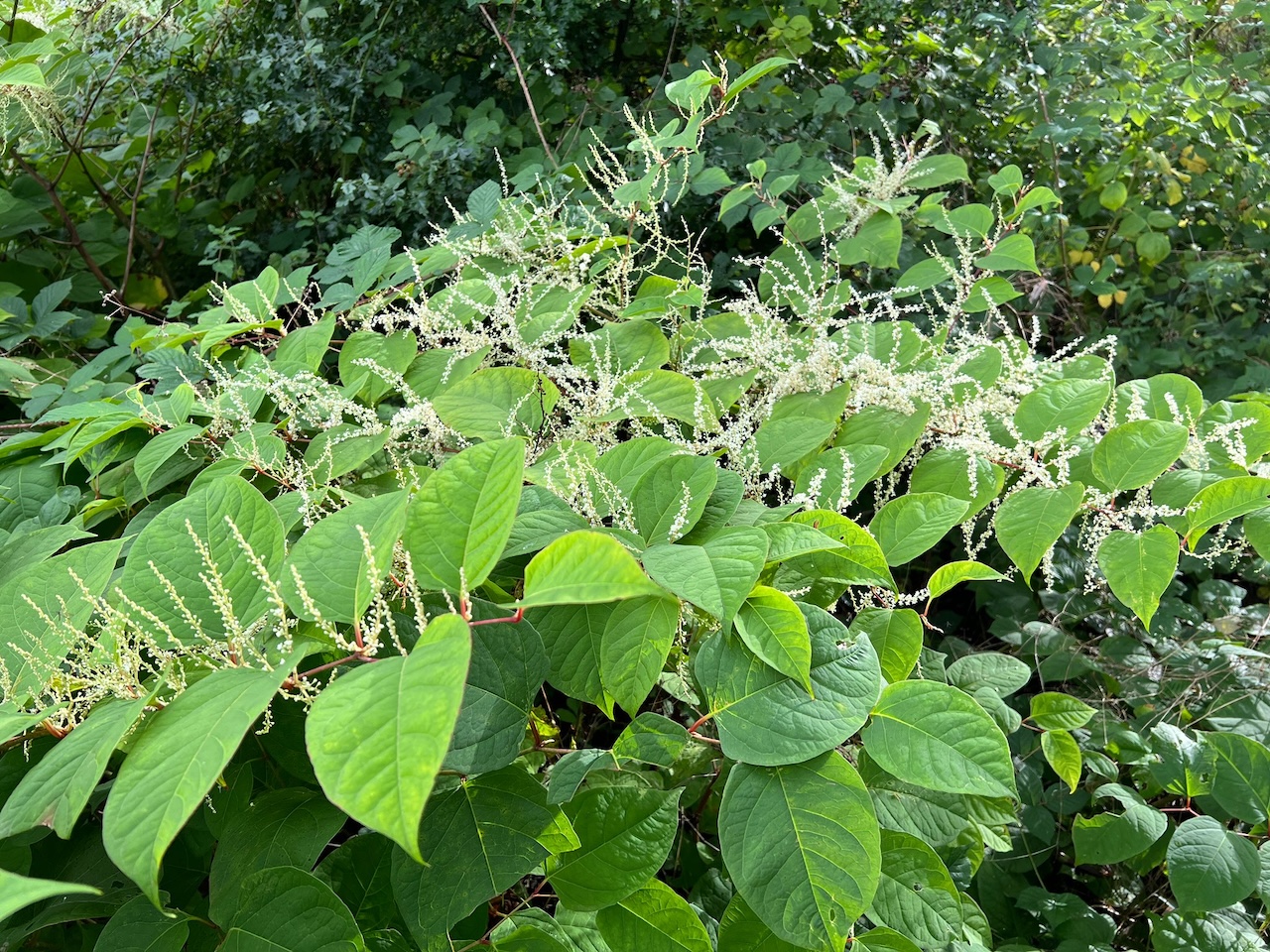
Knotweed has a number of early indicators that may be able to help you to identify it before it further invades your property.
Japanese Knotweed is a highly invasive plant, so early identification is key to ensuring it’s removed as safely as possible to prevent future damage and increased costs.
Knotweed’s extensive root / rhizome system can support life for decades, meaning there’s a significantly high chance of Knotweed recurring each year if left untreated. These systems can grow for 3m or more underground, giving rise to new plants across the surrounding area.
If left untreated, Knotweed can cause a range of issues such as devaluation of property, amenity loss, damage to structures and potential legal issues depending on its location in the UK.

Japanese Knotweed is often easiest to identify in mid-summer – autumn months. During this time, Knotweed’s stems, leaves and flowers are often in full-bloom and so easier to identify.
Japanese Knotweed can be identified all year round, however is it more challenging to do so out with the growing season (March – October). Always engage with a specialist.
If you’ve now worked out how to identify Japanese Knotweed and are looking for a solution to remove it from your property, speak to a specialist for a professional survey.
JBB Knotweed’s survey is the first step towards removing Knotweed safely from your property.
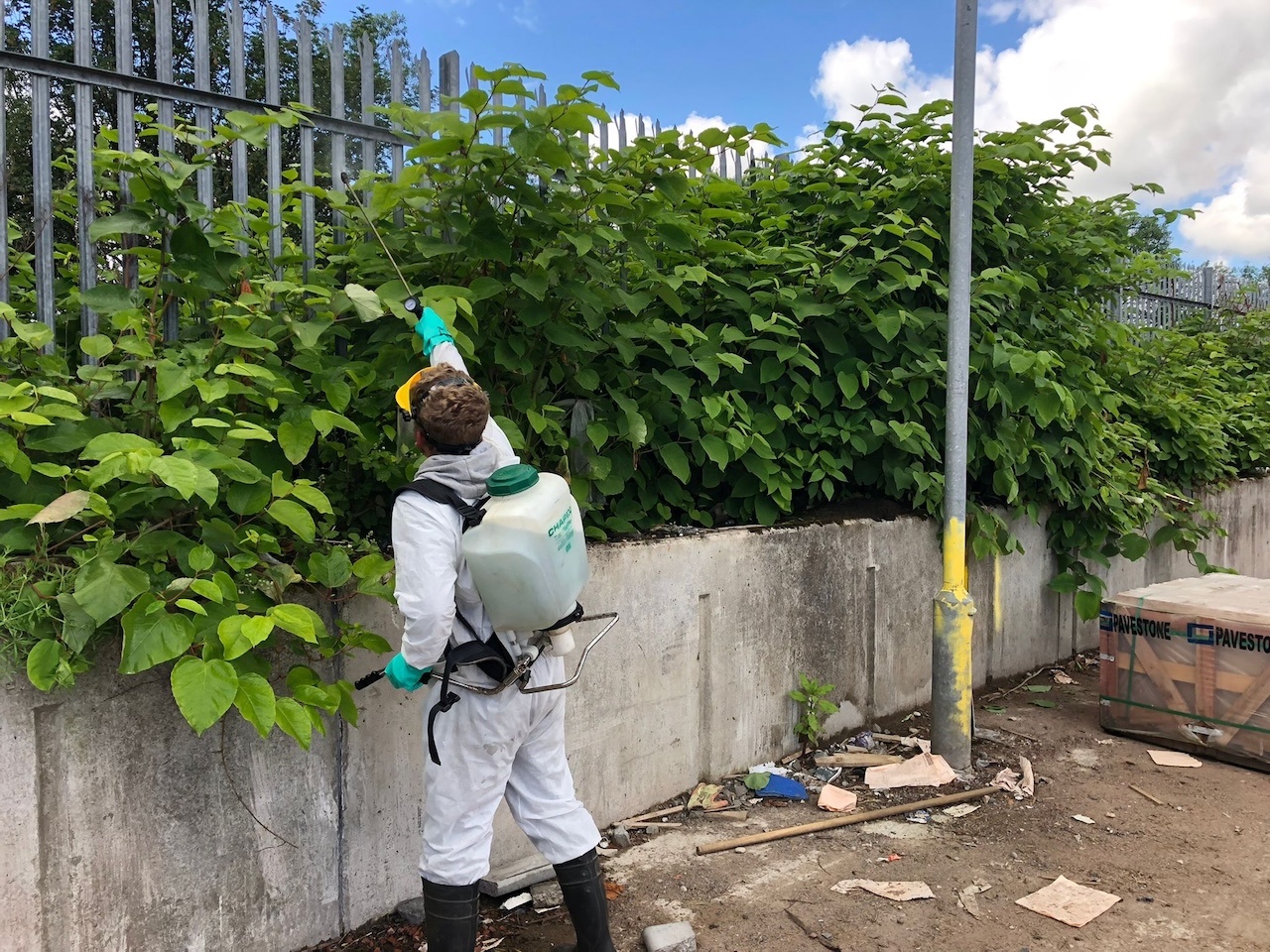
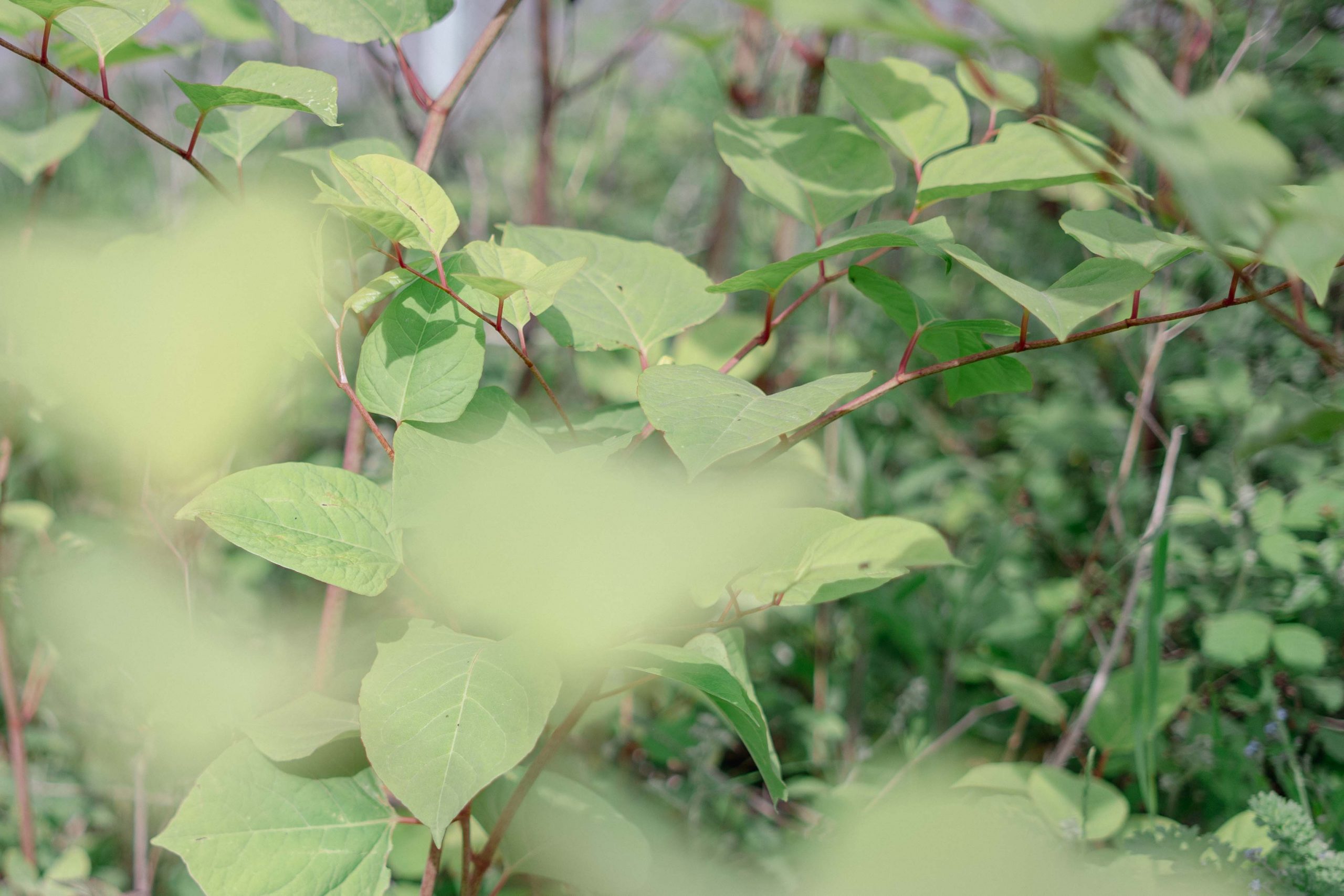
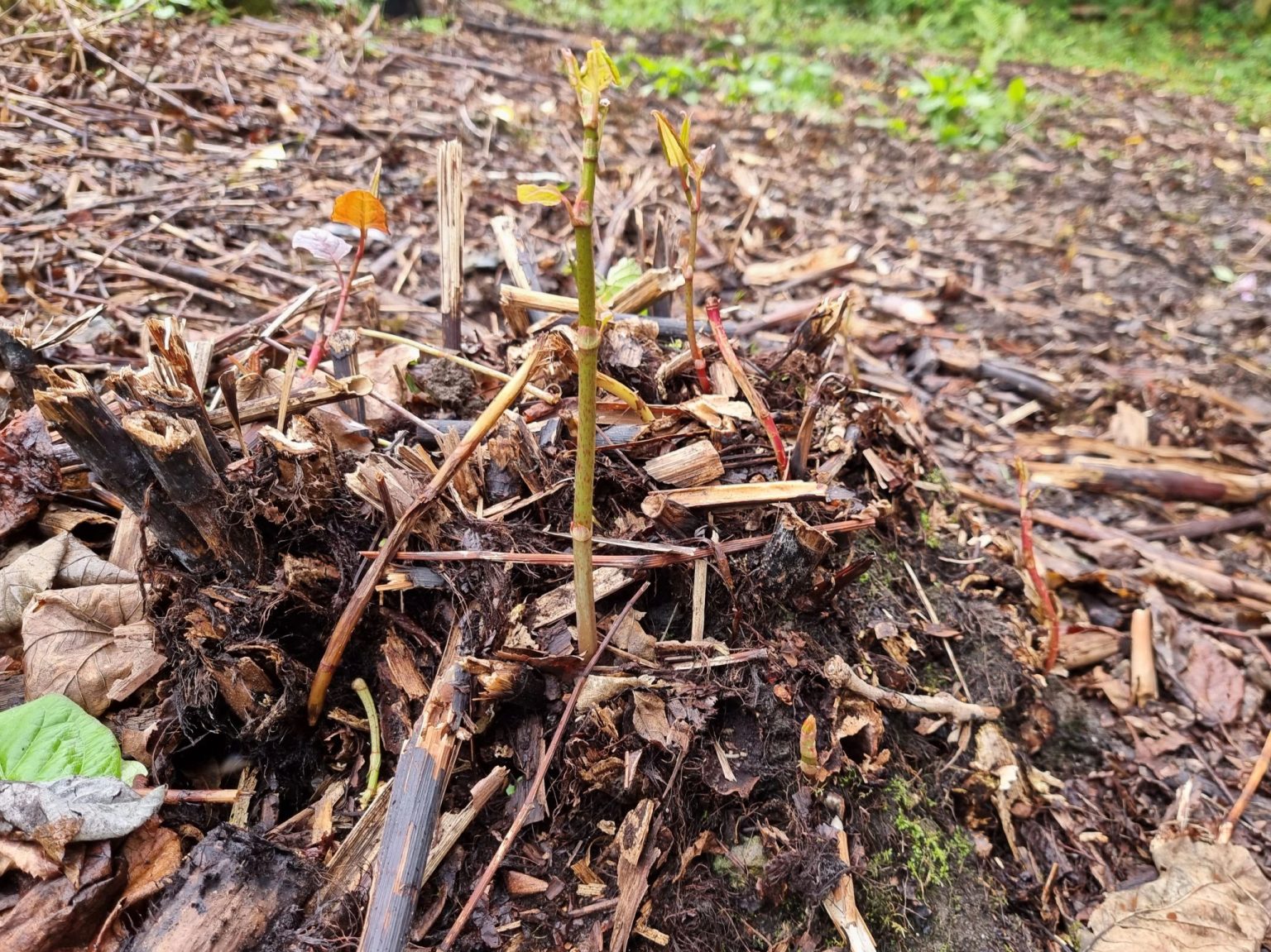
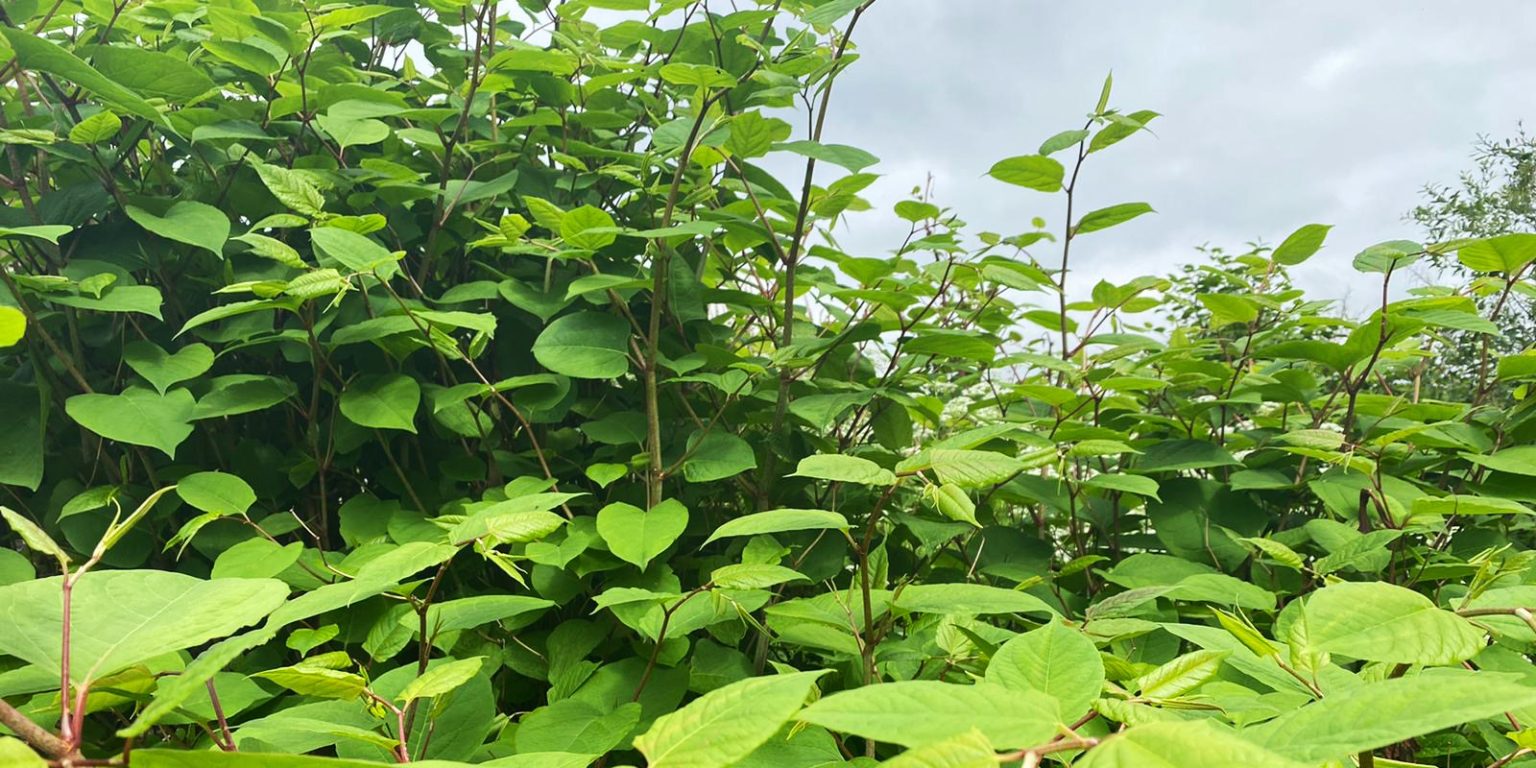
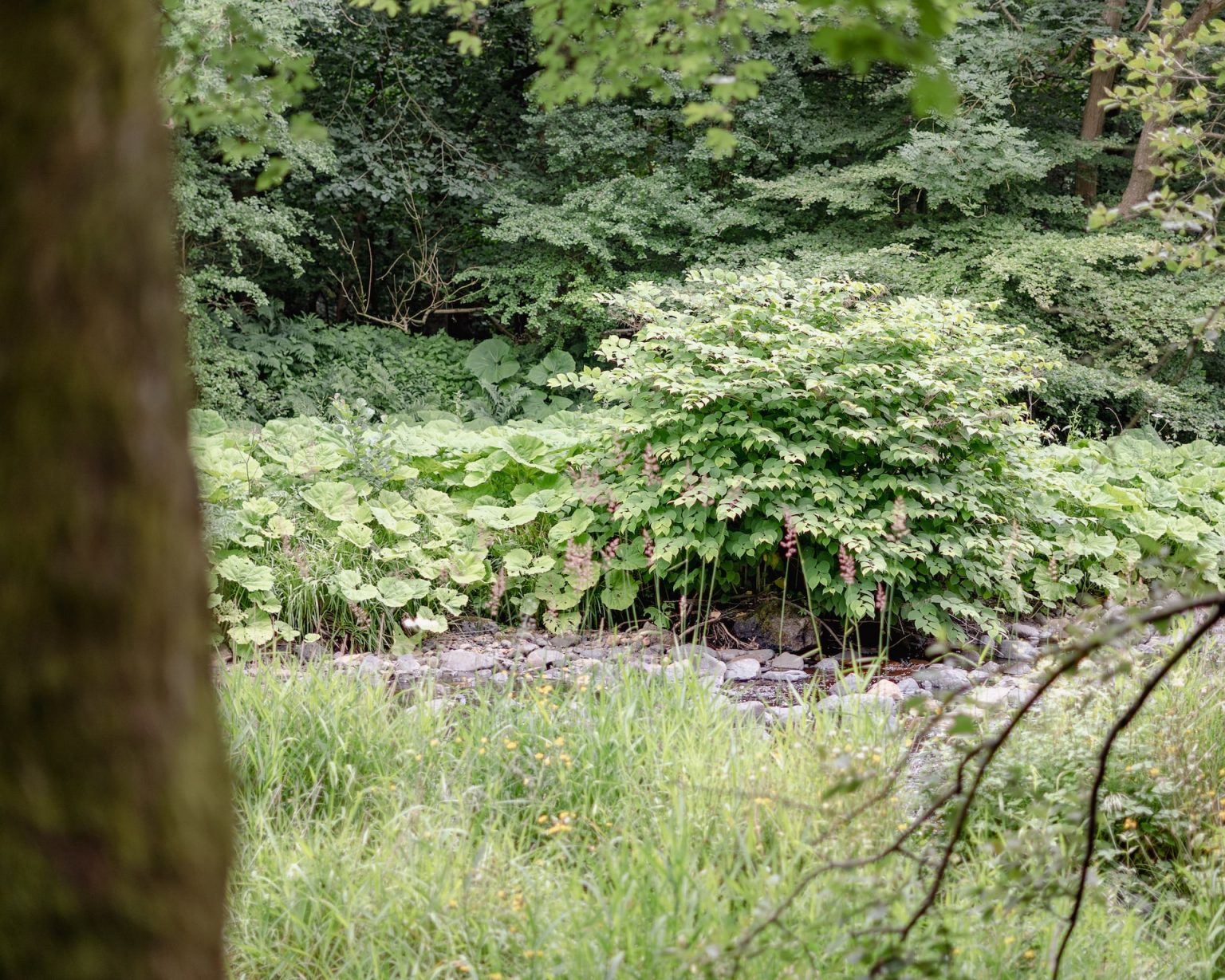


Get the latest advice, solutions, and insights to protect your property from invasive Japanese Knotweed.
We can confirm if you have Japanese Knotweed on your property and recommend the best course of action.